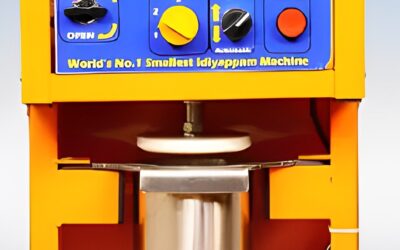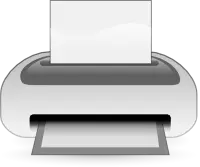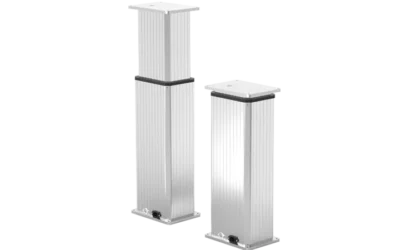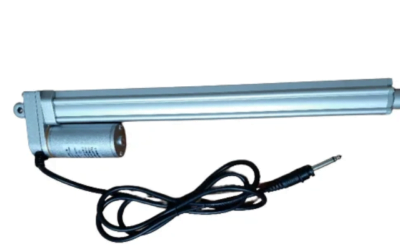Solutions
This page is a guide to understand the actuator meaning and how they can be used to improve performance and efficiency in industrial processes. We provide expert advice and creative solutions to help you enhance the performance of your machinery and equipment.
Electric Actuator in the Murukku Food Extracting Machines
In the world of food processing, efficiency and automation are key factors that drive the industry forward. One such area where technological advancements have made a significant impact is in the realm of food extracting and compressing machines. Among the various...
Electric Actuator in the Food Extracting/Compressing machine
In the world of food processing and automation, the use of electric actuators has revolutionized the way various machines operate. One such machine where electric actuators play a vital role is the Idiyappam Machine, used for Food Extracting/Compressing machine. In...
Electric Actuator in the Automated Fire Grill system
In the world of automation, electric actuators play a crucial role in a wide range of industries. Their ability to convert electrical energy into mechanical motion has revolutionized various applications, including the realm of fire grills. In this blog post, we will...
Powerful Printers with the Electric Actuator
In recent years, the field of 3D printing has experienced significant advancements and has revolutionized various industries. One crucial component that plays a vital role in the precise movements and operations of printers is the electric actuator. Electric actuators...
Electric Actuator Applications used in the Various Areas
Electric actuator, revolutionizing the way mechanical systems are controlled and operated, find extensive utilization in a myriad of fields and industries. This comprehensive list of applications aims to highlight the versatility and wide-ranging functionality of...
Powerful Dyeing Machines with Electric Actuator
Dyeing machines play a crucial role in the textile industry, enabling efficient and precise coloring of fabrics. One of the key components that contribute to the smooth operation of these machines is the electric actuator. Electric actuators provide the necessary...
Frequently Asked Questions(FAQ)
What Applications are Linear Actuators commonly used in?
How can Linear Actuators be used in Robotics and Automation?
Are electric actuators energy-efficient?
Yes, electric actuators are generally energy-efficient due to the high efficiency of electric motors and the ability to control their movement accurately. They consume energy only when actively operating, and their power consumption can be optimized through proper control strategies, resulting in energy savings compared to other actuation technologies.
Are there any maintenance requirements for electric actuators?
Electric actuators generally require less maintenance compared to hydraulic or pneumatic actuators. However, routine inspections, lubrication of moving parts (if applicable), and periodic checks of electrical connections are recommended. It is also important to follow the manufacturer’s guidelines for specific maintenance requirements.
Can electric actuators be controlled remotely?
Yes, electric actuators can be controlled remotely using various methods. They can be operated using wired control signals, such as analog or digital inputs from a controller. Additionally, wireless control options, such as radio frequency or Bluetooth, can also be used for remote actuator control.
What factors should be considered when selecting an electric actuator?
When selecting an electric actuator, factors to consider include the required motion (linear or rotary), load capacity, speed and acceleration requirements, environmental conditions (such as temperature or hazardous areas), power supply availability, control options, and compatibility with the application and system.






